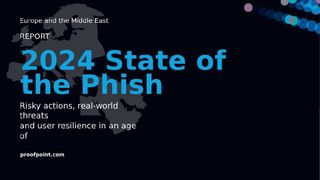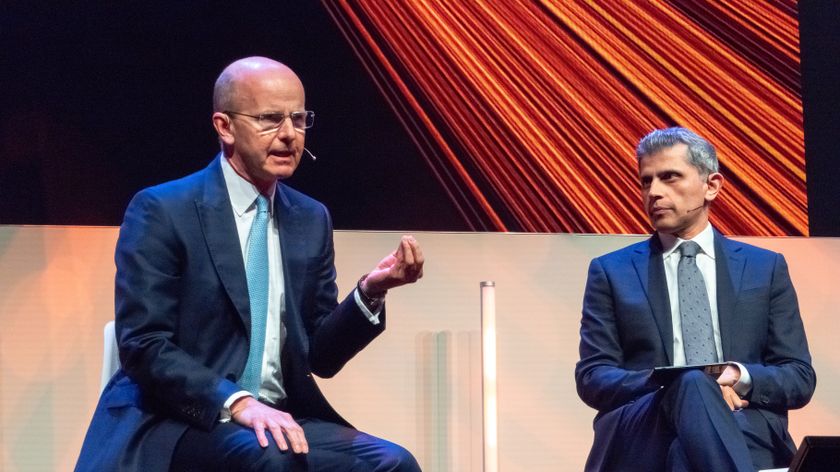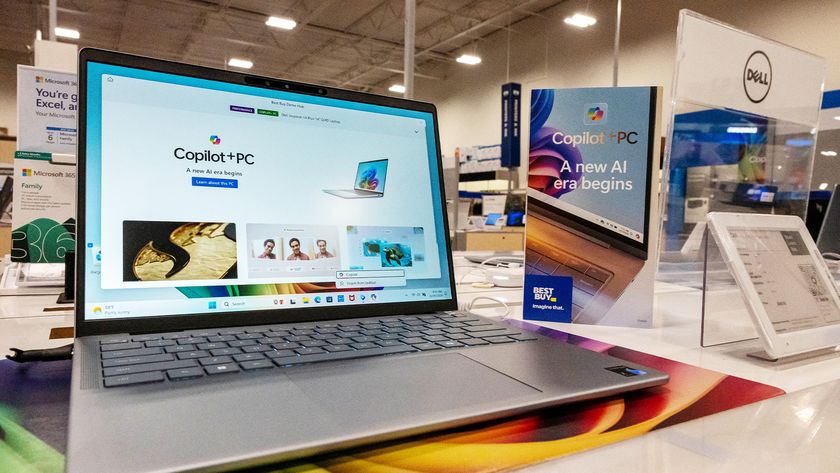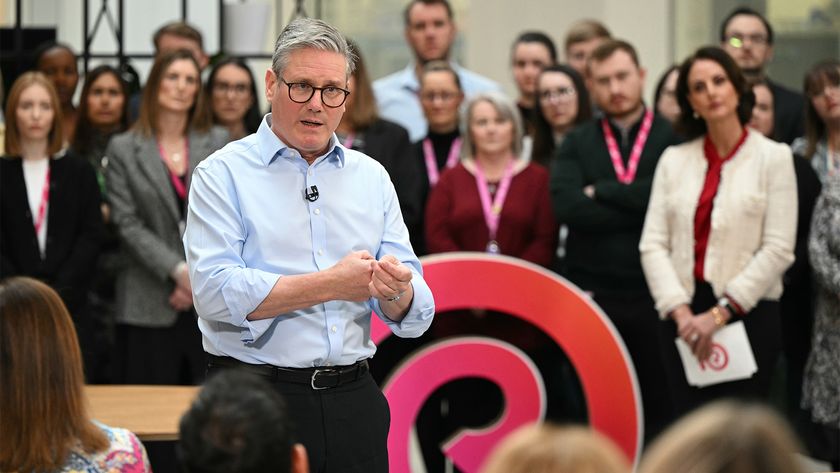‘We want to grow our impact, not our headcount’: Widespread AI job losses haven’t yet materialized, but the technology is changing enterprise hiring patterns
Confidence in hiring plans drops to lowest level ever as tech chiefs aim to dial in on AI tools and maximize business impact

CIOs are growing cautious about hiring, but predictions that the rise of generative AI will have a rapid effect on jobs may have been over blown.
While almost three-quarters of tech leaders have deployed generative AI, there’s no sign of it replacing workers – at least, not yet, according to a survey by recruiter Nash Squared. It found that 72% of the tech chiefs have deployed generative AI to at least some employees, with one-in-five deploying it enterprise-wide.
Rolling out AI has been helped by the relative simplicity and low costs of generative AI productivity tools. Nash Squared said that, rather like the growth of cloud computing 10 years ago, much of the deployment has happened in the ‘shadows’ with users acquiring tools beyond the watchful eye of the IT department.
The survey quoted one tech leader as saying part of the reason their company rolled out generative AI tools was to “stop people doing it themselves and to put proper governance in place”.
The survey found nearly half (42%) of companies now have a generative AI policy – up from 21% in November last year – with a similar number planning to put one in place soon.
However, Nash Squared warned that for many firms, this has been a “retrofit” after generative AI has been rolled out or adopted.
“Those organizations that have a policy are equally as likely to be concerned over misuse of Ai as those that don’t, suggesting the policy is having a limited effect,” the report said.
Get the ITPro. daily newsletter
Sign up today and you will receive a free copy of our Focus Report 2025 - the leading guidance on AI, cybersecurity and other IT challenges as per 700+ senior executives
Despite rapid deployment of AI, actual use cases and benefits remain mixed, the report said, with 39% of those that had rolled out generative AI reporting little or no impact on their organization. Only one-in-ten have reported job roles changing, and just 1% are seeing jobs replaced.
AI is creating at least one staffing change though, with the appointment of Chief AI Officers (CAIO). One-in-twenty organizations already have one, with a similar proportion planning to appoint one. However, for the majority of organizations, the AI strategy still sits with various senior tech leaders, the CIO, or CTO.
Bev White, CEO of Nash Squared, said the report shows that the early warnings over widespread job losses as a result of generative AI haven’t yet materialized. This process will be gradual, he added.
“Although the ’replace jobs’ impact of GenAI is headline grabbing news, in our discussions with tech leaders there is a sense that its impact will be evolutionary rather than revolutionary,” he said. “As organizations change and grow AI will be stitched into the operations and structure; its impact happening bit by bit.”
The tech hiring outlook is still grim
Still, if AI isn’t having an impact on jobs now, the outlook for hiring is less than rosy. The survey found that 43% of IT chiefs said they expected their overall tech budget would increase next year.
That might seem positive, but it’s lower than the years from 2021 to 2023 which saw larger expected increases.
More worrying for IT workers, tech chiefs are less likely than ever to expect to hire more staff. Only 36% of executives said they expect their technology headcount to increase over the next year (53% said it would stay the same and 11% expected it to drop).
As Nash Squared pointed out, this is not only lower than its last report (36% versus 50%), it’s the lowest since it began measuring this factor.

“While tech investment seems to remain stable, digital leaders are looking to increase the impact of technology through technology itself (for instance in using AI for code development and customer support) and are currently cautious about adding people," the report said.
It quoted one survey respondent who said “we want to grow our impact, not our headcount”.
In a twist, organizations that have company-wide implementations of generative AI are actually more likely to be increasing tech headcount in the next year than the average (43 per cent versus 36 per cent), further complicating the relationship between AI and jobs.
Two-thirds of digital leaders said the economy was holding them back at least to some extent; on the plus side, many thought the economy would return to ‘normal’ in six to nine months.
“For many digital leaders the advent of GenAI marks a useful ‘pivot’ to refresh digital strategies – and budgets – as they look to the future,” the report said.
Steve Ranger is an award-winning reporter and editor who writes about technology and business. Previously he was the editorial director at ZDNET and the editor of silicon.com.














